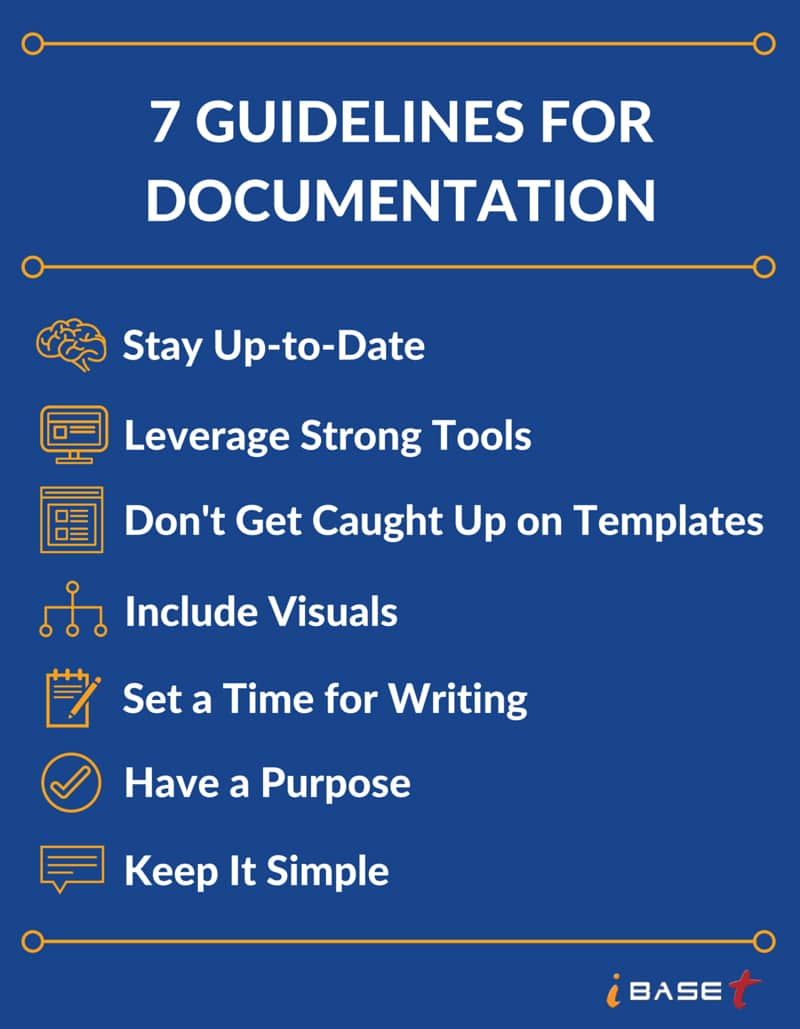 The worst part of a software roll-out is documenting what you did. In this process-centric manufacturing world, documentation is something you have to do, your last resort, your anything-but-go-to source. No one seems to really use it, but you always have to have it. Even with Wikis, SharePoint, online collaboration, and documentation tools, creating and maintaining documentation is still a pain in the neck. I believe a part of the hatred stems from not knowing HOW to document the project information. It’s much easier to start with a template, but that only takes you so far. So how does one make documentation a pleasant experience?
The worst part of a software roll-out is documenting what you did. In this process-centric manufacturing world, documentation is something you have to do, your last resort, your anything-but-go-to source. No one seems to really use it, but you always have to have it. Even with Wikis, SharePoint, online collaboration, and documentation tools, creating and maintaining documentation is still a pain in the neck. I believe a part of the hatred stems from not knowing HOW to document the project information. It’s much easier to start with a template, but that only takes you so far. So how does one make documentation a pleasant experience?
1. Stay Up-to-Date
No matter how knowledgeable you are, everyone can use a refresher even in their expert fields. Reading an up-to-date technical writing book or reviewing current online writing sources is always helpful.
2. Leverage Strong Tools
Microsoft Word documents in a Windows folder don’t count. Use a document management tool or even your Product Data Management (PDM) system.
3. Don’t Get Caught Up on Templates
Often templates are created to sound so ‘official’ that later you don’t even know what it’s telling you. So be sure to write so you understand your content later.
4. Include Visuals
Who says documents need to be text-based? Lots of process maps, diagrams, and pictures help enhance your understanding.
5. Set a Time for Writing
To help avoid procrastination, schedule time to focus on your writing, even if it’s only an hour.
6. Have a Purpose
Once you establish the document’s purpose, it’s easier to develop the content. Be sure to create your document so you’re not forced to change every page, diagram, or picture with every new decision or software upgrade. While creating, always begin with the purpose. Is it to educate? Provide a starting point? Facilitate questions? And, always consider “can I execute against this document”?
7. Keep It Simple
If you transfer ownership of the document, then you should be able to train the new owner how to manage the document in less than twenty minutes. Any more than that and you may confuse the next writer.
Unfortunately, documentation is not a one-and-done task. Documents are living, breathing, iterative children that grow and mature over time. Follow these cardinal rules and your documentation experience will be elevated the next time around.
What do you do to avoid procrastinating on the documentation of your project? Do you have your own cardinal rules? Tell us in the comments below.